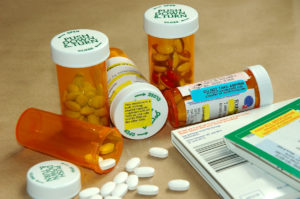
The study authors poured over data from 150 million patient records, and they were able to identify anyone who had been diagnosed with an opiate dependency, heroin abuse problem and any problems caused by opiate consumption. This allowed the researchers from FAIR Health to also see what other medical services these patients required, some of which included additional lab costs, treatment re-admissions, medications and more.
The research team also found that the numbers and percentages of people in this category varied from state to state. For instance, Rhode Island reportedly had the highest rate of opiate dependency, while Montana and Maine had the lowest. Despite this, each state is still feeling the effects of opiate abuse and the toll it takes on the overall healthcare system and in communities throughout the country.
“The reality is, even in states that have done that [providing more treatment options for people seeking help], demand is far in excess of what they can provide. What this tells you is this is not limited to a problem of the poor and unemployed. This is a problem that is cutting right across society,” explained Allan Coukell, senior director for health programs at Pew Charitable Trusts.
While the major concern with opiate and heroin abuse will always be overdose deaths, there are still a lot of health risks associated with taking these drugs. Users are more likely to suffer from emotional problems, respiratory issues, liver problems, injuries and the spread of diseases from sharing needles.
This information provides even more evidence as to why it is so important to reverse this deadly trend and get people into treatment programs. The cost is much more than the dollars associated with the additional care. We must stop the cycle with effective recovery centers and prevention measures.


